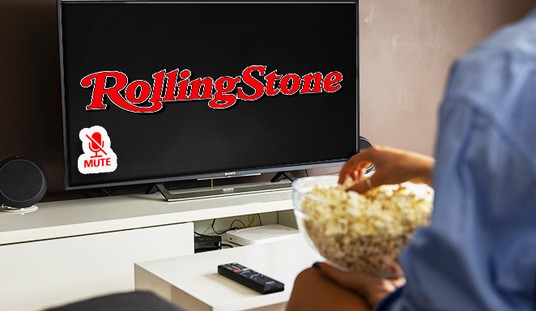A few years back, I offered a question to my musician friends on Facebook, of which I have quite a few. (Yeah, I know, shocking for someone who wrote a book about musicians and hosts a podcast featuring same.) If you had to go with one electric guitar, which of the two most popular models would it be: a Fender Stratocaster or a Gibson Les Paul? Several replied, and the guitar of choice was …
… the Fender Telecaster.
In the pantheon of sleek and sultry guitars, the Telecaster is none of the above. Its graceless curved body and blob atop a more oversized lopsided blob headstock make it look like a junior high woodworking shop class project. Yet this clumsy lumber clump remains wildly favored some 73 years after its unleashing on an unsuspecting public, with nary a change of note in its design and features. The guitar, not the public.
The Telecaster wasn’t the first solidbody electric guitar; there is solid (no pun intended) evidence of experimental models dating back to the 1930s. That said, it safely lays claim to being the first one mass-produced. Leading this effort was one Leo Fender. A home electronics repairman by vocation and curiosity-fueled tinkerer by avocation, Fender first came up with the notion of building a guitar in the mid-1940s, starting with lap steels. After seeing the one-off solid body electric Paul Bigsby built for guitarist Merle Travis, in his usual “anything you can do I can do better” fashion, Fender put together his guitar in 1949. Named the Esquire, it had the Telecaster shape but only one pickup. The two-pickup model, originally named the Broadcaster, arrived two years later.
At the time of its introduction, rock‘n’roll had yet to come about. Thus, the Telecaster’s target artists were country and blues players. Both welcomed the guitar’s ability to turn it up past 1.1 — remember, no rock‘n’roll, thus no Nigel Tufnel turning it up to 11 — without the unwanted feedback that was the bane of archtop electrics with pickups. One guitarist who liked the idea more than the execution thereof was Les Paul, who, while declining Fender’s request he endorse the Telecaster, used it as a cudgel to push Gibson into manufacturing the solidbody guitar design bearing Paul’s name. Yes, all of us Les Paul slingers, were it not for the Telecaster we may well not have the Les Paul.
The list of Telecaster players is, putting it mildly, long and varied. B.B. King played one in the early 1950s onstage, and later in his career offstage. The late blues master Roy Buchanan made his Telecaster sing with riveting emotion and power.
As the clip at the beginning of this post shows, Rory Gallagher used a Telecaster for a master class in slide work. Jimmy Page used one gifted to him by Jeff Beck during both his tenure in the Yardbirds, the first Led Zeppelin album, and the solo on “Stairway to Heaven.”
As a side note, if anyone wants to get me a gift for my birthday in July, this will do quite nicely.
Listing all the country players who’ve wielded a Telecaster would overload the Internet, so we’ll limit it to one current expert, namely Brad Paisley.
In rock‘n’roll, one name of many with a Telecaster in their arsenal is Andy Summers of Police fame.
As noted, the list of famous players in multiple genres who have or are relying in whole or part on the Telecaster would clog the Internet with its sheer size. This clunky lunk gets the love for good reason. The Telecaster is as unsexy as it gets. But for the working musician, it’s a gift from above.
One more video:













Join the conversation as a VIP Member